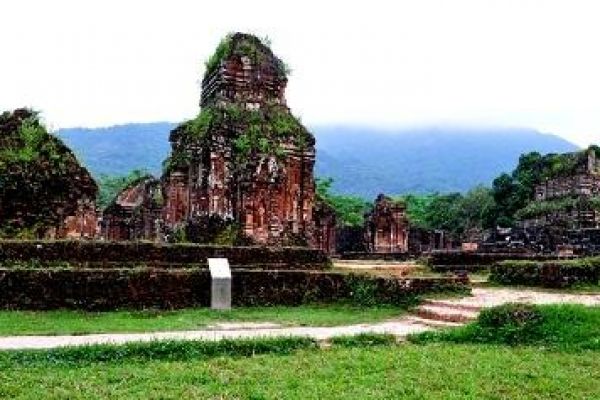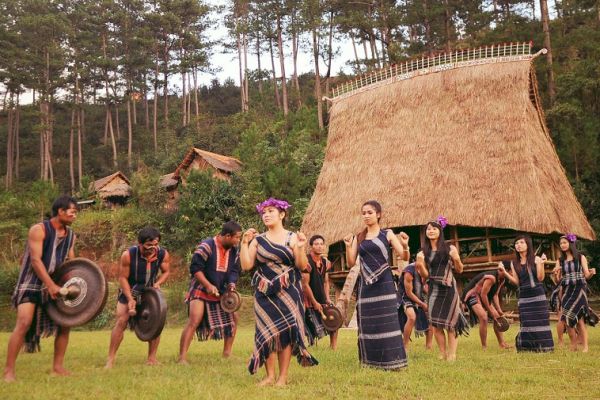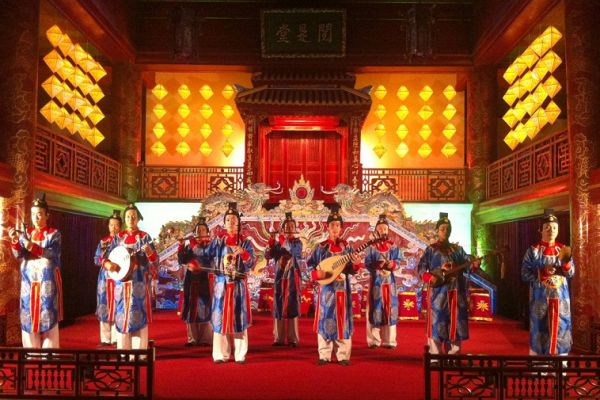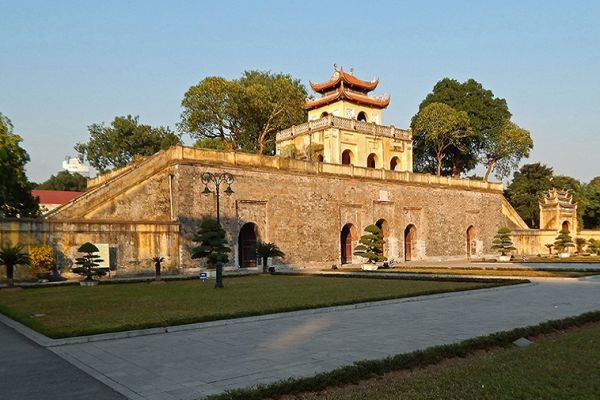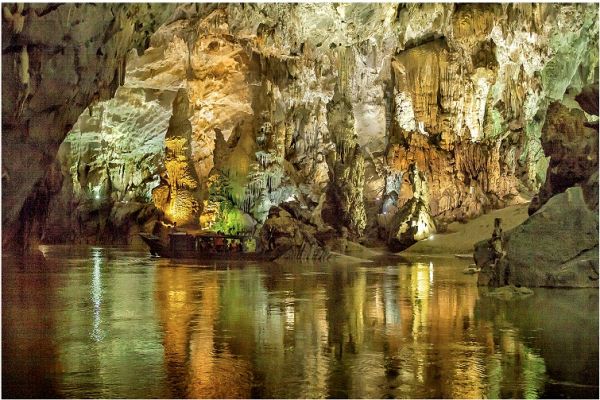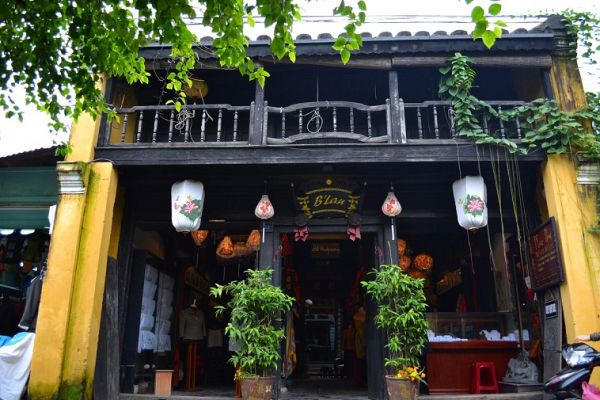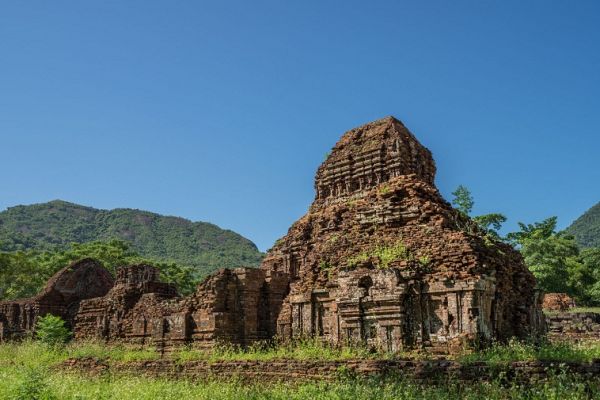When the Ly Dynasty kings opened the Temple of Literature (Van Mieu) to train talents, recruiting talented became part of the country’s construction and development in the 11th century.
Under the order of King Le Thanh Tong (Life: 1442 – 1497, Reign: 1460 – 1497), doctoral laureate Than Nhan Trung highlighted this idea when he composed an announcement for the erection of the steles at Van Mieu – Quoc Tu Giam: “Excellent talents with good virtue are the sap of the country. If the sap is strong, the country will be strong and progress. If the sap is weak, the country will weaken and degrade…” (The first stele was set up in 1484 with the record of the examination held in 1442).
After King Le Thanh Tong’s reign, all later dynasties set up their own steles at Van Mieu – Quoc Tu Giam to record the purposes and regulations of each examination and to honour the laureates of the royal examinations. 82 stone steles were set up in Van Mieu – Quoc Tu Giam in the heart of Thang Long during the 300 years of dynastic Viet Nam.
Despite disturbances, most dynasties paid attention to training and recruiting talents. The last stele at Van Mieu – Quoc Tu Giam was set up in 1780 with the record of the examination held in 1779. The Nguyen kings (1802 – 1945) continued to place steles at their new Temple of Literature in the city of Hue when they moved the capital there.
The decorative designs of all the steles were made by Vietnamese craftsmen and famous writers from their time. Each stele contains details of the history of each examination as well as the history of Viet Nam’s education, the change in thinking and the culture of each dynasty.
Today, just looking at the design of each stele stone, aestheticians can understand the change in art styles during the 300 years because each ornamental pattern bears the imprints of a historical epoch. Over a long time, stone steles have been considered historical documents for education, art, literature, and philosophy.
Source: vietnamculturalwindow.com


